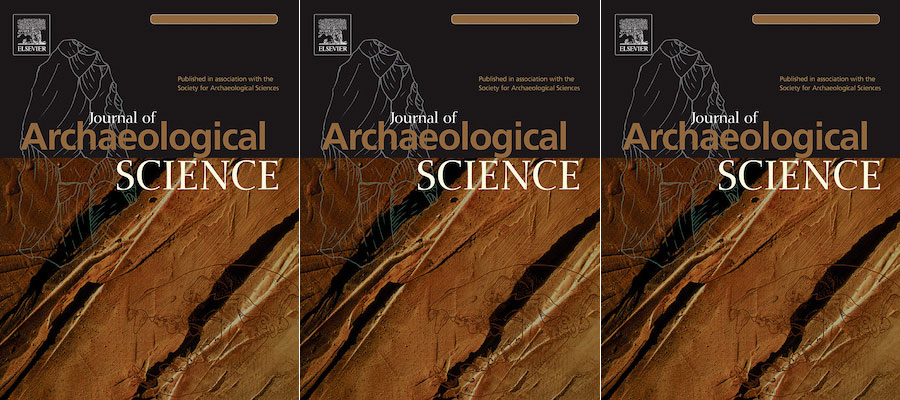María Auxiliadora Gómez-Morón, Teresa Palomar, Luis Cerqueira Alves, Pilar Ortiz, Márcia Vilarigues, and Nadine Schibille. "Christian-Muslim Contacts across the Mediterranean: Byzantine Glass Mosaics in the Great Umayyad Mosque of Córdoba (Spain)." Journal of Archaeological Science, volume 129 (May 2021).
Glass mosaic decorations were used throughout the medieval Mediterranean as a powerful medium to convey religious and political agendas, yet we know next to nothing about the source of the materials and the transmission of the necessary technical know-how. Mosaics are generally considered a Byzantine art form, not least due to their prominence in Byzantine church architecture and because medieval Islamic textual sources assert that the glass tesserae of some of the most important early mosques were of Byzantine origin. This article provides solid analytical evidence that glass used in the tenth-century mosaics of the Great Umayyad Mosque of Córdoba (Spain) came from Byzantium. Most of the tesserae have high boron contents, for which the only compositional match are Byzantine glasses made with raw materials from Asia Minor. In addition, some of the glass has a chemical fingerprint that suggests that it was prepared by mixing local raw materials with imported high boron glass, indicative of local mosaic glassmaking. Our study thus illustrates the value of analytical studies in re-assessing long-held assumptions about the making of mosaics as well as the movement of materials and people across cultural barriers. The presence of Byzantine materials and craftsmen in Córdoba demonstrates that Muslims and Christians were interacting the length of the Mediterranean, corroborating the close diplomatic ties between the Caliphate of Córdoba and the Byzantine Empire during the tenth century. Our findings further underscore the importance of glass in trade and diplomatic exchange, reflecting its cultural and economic value in the medieval world.
